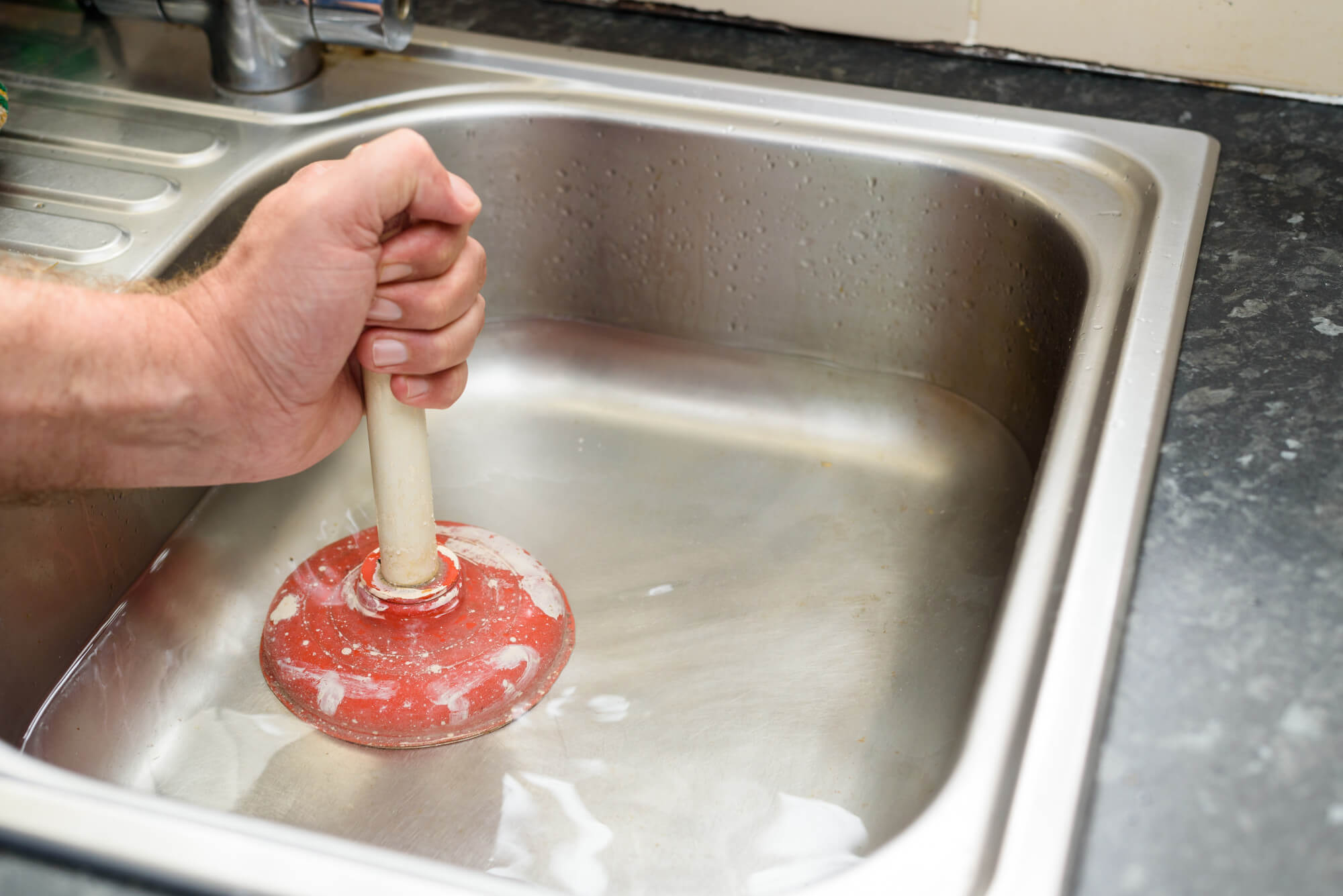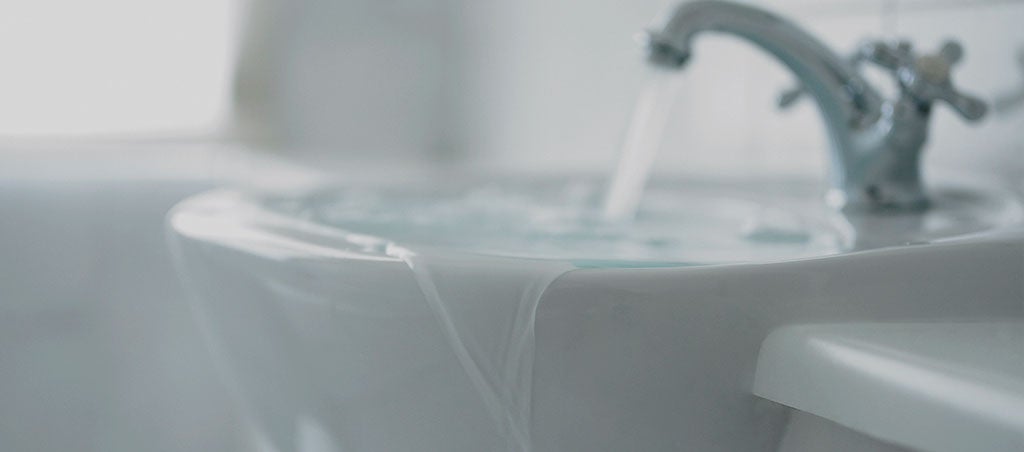Methods for Fixing a Blocked Drain Prior to Calling Professional Help
Methods for Fixing a Blocked Drain Prior to Calling Professional Help
Blog Article
Right here on the next paragraphs you might get lots of high-quality answers all about Some easy tips to fix blocked drains.

Intro
Taking care of an obstructed drainpipe can be a frustrating experience, disrupting day-to-day tasks and possibly creating damage to your home. Nevertheless, prior to connecting to plumbing professionals, there are actions you can require to attend to the issue yourself. In this guide, we'll check out DIY solutions and preventive measures to deal with an obstructed drainpipe efficiently.
Recognizing the Problem
The primary step in resolving an obstructed drainpipe is acknowledging the signs. Sluggish drainage, gurgling sounds, foul odors emanating from drains pipes, or water support up are common indications of an obstructed drain. Identifying these indications early can aid prevent even more issues.
Common Root Causes Of Blocked Drainpipes
Comprehending the aspects that add to drain blockages is crucial for effective resolution. Usual offenders include hair, soap residue, grease, food debris, and foreign things like hygienic products or paper towels. Tree roots attacking underground pipelines can additionally cause substantial clogs.
DIY Solutions
For small obstructions, a number of DIY services can be reliable. Pouring boiling water down the drainpipe can assist liquify grease and debris. Sodium bicarbonate and vinegar or a combination of salt and baking soda can serve as all-natural cleansers. Utilizing a bettor or plumbing serpent to dislodge blockages is another option.
Tools and Devices
Having the right tools available can make do it yourself drainpipe cleaning a lot more reliable. A bettor is a functional tool for removing clogs in sinks, commodes, and showers. A pipes serpent or auger can reach much deeper blockages, while drain cleaning chemicals can be made use of very carefully for stubborn clogs.
Preventive Measures
To stay clear of future clogs, taking on preventive measures is crucial. Install drain guards or filters to catch hair and particles prior to they enter the pipes. Consistently flush drains with warm water to liquify oil build-up, and avoid disposing of grease or solid waste away.
When to Call a Professional
While DIY remedies can fix minor obstructions, specific indications indicate the requirement for specialist aid. Persistent blockages, foul odors regardless of cleansing efforts, or several drains pipes supporting all at once are red flags that call for skilled treatment.
Choosing the Right Plumbing Solution
When selecting a pipes solution, think about variables such as experience, licensing, and consumer testimonials. Choose a trustworthy plumber with a performance history of quality workmanship and clear rates techniques.
Expense Considerations
The cost of professional drain cleaning services can differ depending on the extent of the blockage and the plumbing professional's rates. Request quotes from multiple companies and ask about any additional charges to guarantee transparency and prevent shocks.
Security Measures
When attempting do it yourself drain cleansing, prioritize security. Put on safety gloves and glasses to avoid contact with harmful chemicals or microorganisms. Never ever blend various drainpipe cleansing items, as this can generate unsafe fumes.
Case Studies
Real-life examples show the effectiveness of do it yourself services and the significance of timely specialist treatment in settling drain blockages.
Conclusion
By complying with the ideas described in this overview, you can properly take on obstructed drains pipes and avoid future pipes issues. Whether choosing do it yourself options or seeking specialist assistance, punctual action is vital to preserving a healthy pipes system and maintaining the honesty of your home.
How to Clear a Clogged Drain Yourself (And When to Call In the Professionals)
What Can Clog a Drain
Dirt Skin flakes Hair Grease Soap scum Food Offset pipes Tree roots Small objects Mineral buildup DIY Tricks to Unclog a Drain
You can fix this! Once you have identified the source of the clog (or have a vague idea), you can try one or a combination of these fixes in order to clear your plumbing.
Wire Hanger or Snake
Untangle and clear out hair from a drainpipe with a homemade snake. Use a straightened-out wire hanger with a 90-degree angle hook to locate the clog and drag out any unwanted material.
Remember not to push the clog further down to where the wire hanger cannot reach! If you need to follow up with a plunger, give it a try. Your efforts might be more successful after it’s been wire-snaked.
If you want to get fancy and don’t have a wire hanger to spare, head to the store and pick up a hand-operated drain snake. You can get one for $10-$30. It may save you the hassle, and provide additional length to reach deep into the clogged pipe.
Plunger
A cup plunger has a suction cup attached to a wooden handle. The rubber creates a seal around the drain, and increases the pressure force of the plunger.
Plunge for 30-second increments to loosen the clog. This may need to be repeated over the course of 15-20 minutes. Once plunged, run the water to flush the remaining material out of the drain.
Remember– never use a plunger if you have used a chemical drain cleaner. These chemicals can splash up from the force of the plunger and cause serious injury or burns.
Boiling Water
Hot water can sometimes break up materials into a flushable amount. Dirt, grease, and soap buildup requires heat in order to unstick from surfaces.
Take your kitchen kettle and heat your water to a boil. Once it reaches a rolling boil, pour it directly down the drain into the blockage. Carefully follow with plunging, if necessary.
Don’t worry if this takes more than one try! It can often take multiple kettles and repeated plunging in order to clear a particularly stubborn clog.
Chemical Drain Cleaner
As a last resort, pick up a bottle of chemical drain cleaner. Drain-cleaning chemicals are potent, and not very good for the environment.
You may need to wear protective eyewear in gloves before handling your bottle of chemical drain cleaner. Follow the instructions printed on the bottle, and flush with water as soon as the instructions allow. Do not follow with plunging.
Baking Soda and Vinegar
As a safer alternative to chemical drain cleaner, baking soda and vinegar can create a chemical reaction that clears tough clogs.
Combine one cup of cleaning vinegar with one cup of boiling water, and set aside. Once you have done this, pour half a cup of baking soda down the drain. Give the baking thirty seconds to settle and cover a large portion of the problem drain.
Following the baking soda, pour down your vinegar and hot water solution. Once the vinegar and baking soda combine, the mixture will bubble and fix. Let this reaction fizzle in the drain for about an hour.
After an hour, follow with a kettle’s worth of hot water. The heat and liquid should flush out any remaining material.
When to Call a Plumber
If your DIY attempts haven’t cleared your clog drain, it’s time to call in a professional. It’s not worth losing access to your kitchen sink or high-traffic bathroom. A clog in a vital area can keep you from the things you’d rather be doing, and derail your routine.
Anytime a clog is causing water to spread is a time to call in a plumbing service. What starts out as a little bit of water can quickly grow into serious, expensive water damage.
Additionally, a serious clog can result in burst pipes or serious leaks. Make sure you know when to take it seriously!
https://myguysnow.com/how-to-clear-a-clogged-drain-yourself-and-when-to-call-in-the-professionals/

We hope you enjoyed our piece about How to handle a clogged drain in your home. Thank you so much for finding the time to browse our piece of content. Enjoyed reading our write-up? Please quickly share it. Let another person locate it. Thank you for taking the time to read it.
Call Today Report this page